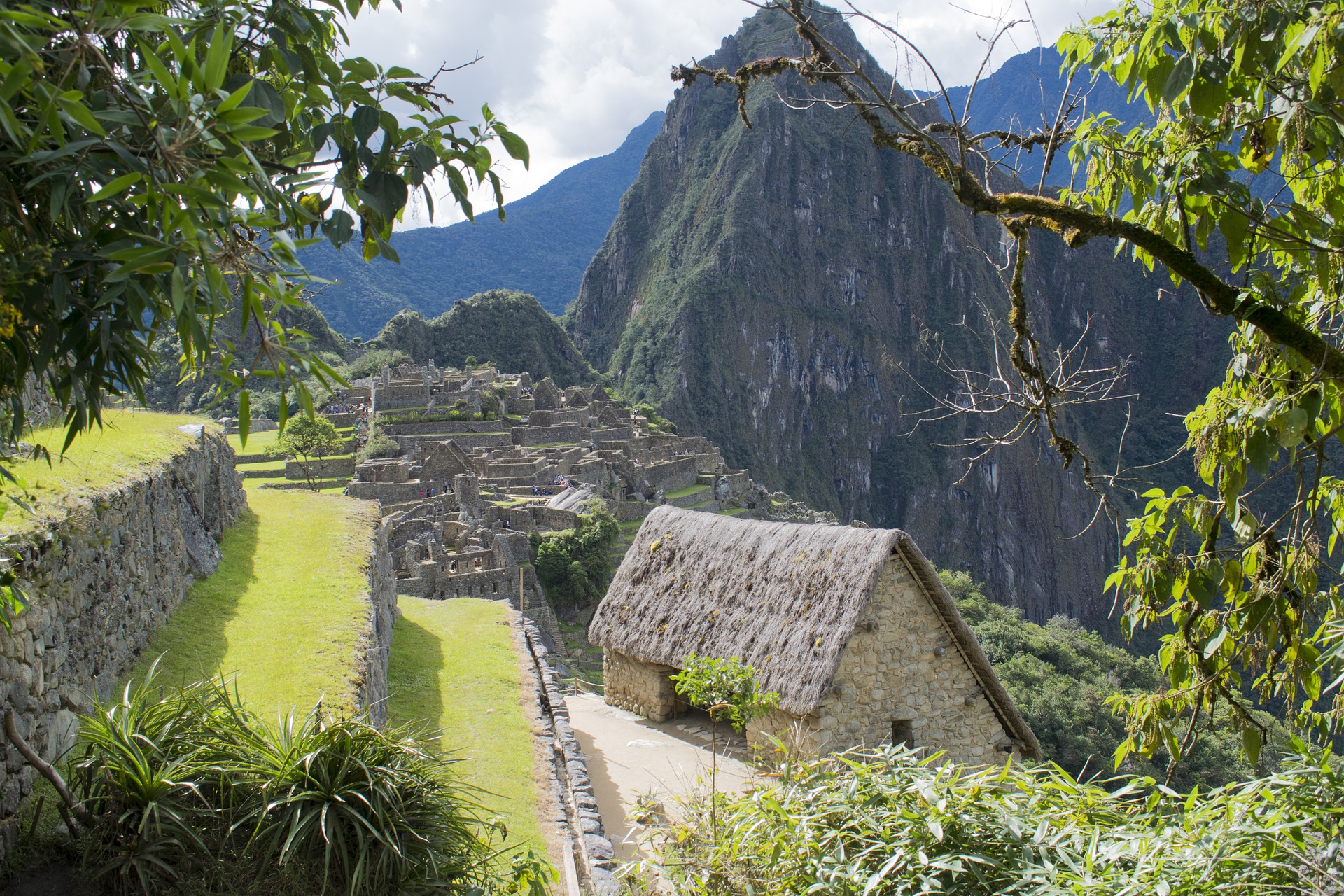In the early days of Earth Regenerators, Victoria and I led a series of workshops on the idea of “Right Livelihoods.” The basic premise was simple but profound: there are many ways to make a living, rather than trying to make a killing, by doing what you love in service of life. Especially now, as the dominant economic system accelerates its slide toward crisis and collapse, we need alternatives that nourish both our souls and our communities. If you find yourself trapped in a dead-end job, beholden to systems that feel lifeless or extractive, you are not alone. And you are not without options. There is a growing movement of kindred spirits—people who share your love for the Earth and are daring to live in alignment with their values.
The next ten years will be decisive. We face multiple, overlapping tipping points: ecological degradation, economic fragility, political instability, and social fragmentation. In one set of scenarios, present trends continue or accelerate, ushering in a series of systemic collapses—climate breakdown, water and food insecurity, displacement, authoritarianism. In another set of scenarios, we act to divert those trajectories by accelerating regenerative alternatives: restoring ecosystems, rebuilding local economies, and rediscovering what it means to live in reciprocity with the Earth.
Right Livelihood as Regenerative Work
The essence of right livelihood is this: doing work that sustains you materially, aligns with your values, supports your community, and restores the ecological commons. It is not necessarily easy, nor is it always lucrative in conventional terms. But it can be deeply meaningful, connected, and resilient.
Opportunities are emerging across many sectors:
- Community Organizing: Helping people self-organize around local challenges—whether housing, food, mutual aid, energy, or ecological restoration—is foundational work in the regenerative era.
- Food Systems: From urban farming to community-supported agriculture to food forests, there is a quiet revolution happening around growing and sharing food locally and sustainably.
- Shelter: Building and restoring homes using natural and regenerative materials, or working in affordable housing development, is essential. New techniques like structural timber, hempcrete, and CO2-infused concrete also point to innovation within the sector.
- Green Infrastructure: Rain gardens, bioswales, permeable pavements, and other regenerative urban infrastructure are increasingly needed in cities and towns facing climate impacts.
- Watershed Restoration: Rehydrating landscapes, restoring river systems, and working with beavers and other keystone species are powerful expressions of right livelihood.
- Regenerative Finance: Participating in or launching funds that support small-scale, high-impact regenerative initiatives, or developing new models for community wealth-building and local investing.
- Education and Mentorship: Teaching permaculture, systems thinking, appropriate technology, or ecological design. Guiding young people to learn how to care for their place.
- Public Service: Though government work has long been disdained in some quarters, there is a need to reimagine and revitalize public service as a sacred duty to the common good.
- Social Entrepreneurship: Launching or joining mission-driven enterprises that solve real problems while reinvesting in community well-being.
The possibilities are wide-ranging. What connects them is a refusal to perpetuate the logic of extraction and domination. Right livelihood is not a hobby on the margins. It is a necessary and noble path for those who wish to be agents of regeneration.
One Foot In, One Foot Out
It is, of course, possible to keep one foot in the mainstream economy. Many of us must. But having both feet in it—living entirely within the system of extraction and exploitation, pretending it can go on indefinitely—betrays an ignorance of history, geopolitics, and biosphere integrity. That path leads toward burnout, collapse, or complicity.
The path of right livelihood requires courage and creativity. It demands that we imagine new economies and build them in real time, often in the face of apathy or resistance. It also requires networks of mutual support. No one regenerates alone.
An Invitation
We are entering a time when a shift toward regenerative work is not just desirable but necessary for planetary survival. This is a call to find your place in the great turning: to serve the Earth, support your community, and rediscover joy in the work of restoration.
What do you love? What does your community need? What does the Earth require?
Within these three questions lies your right livelihood. Let us walk this path together. Join us in the Design School for Regenerating Earth and in organizing your local bioregion to create alternatives for yourself and others.
